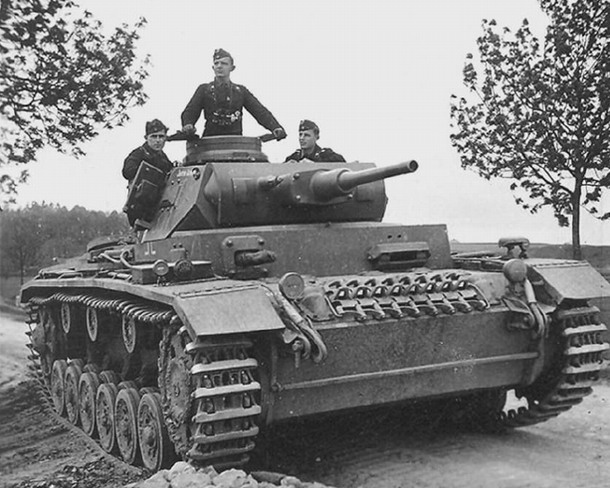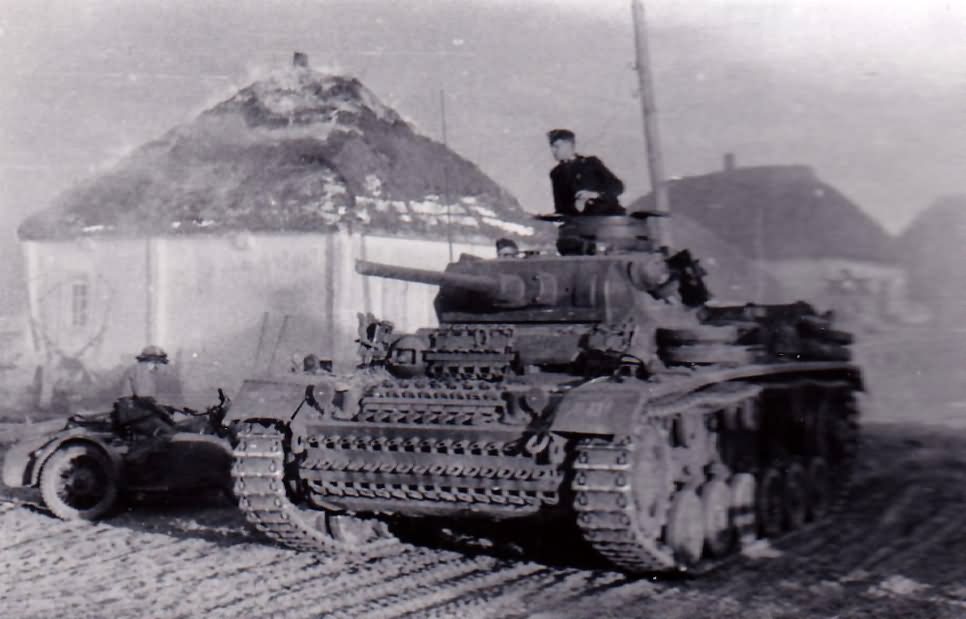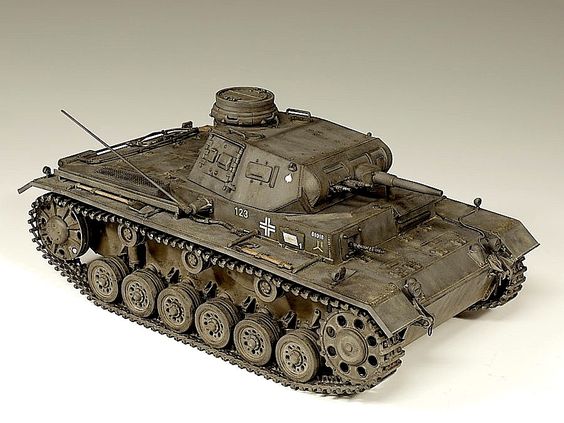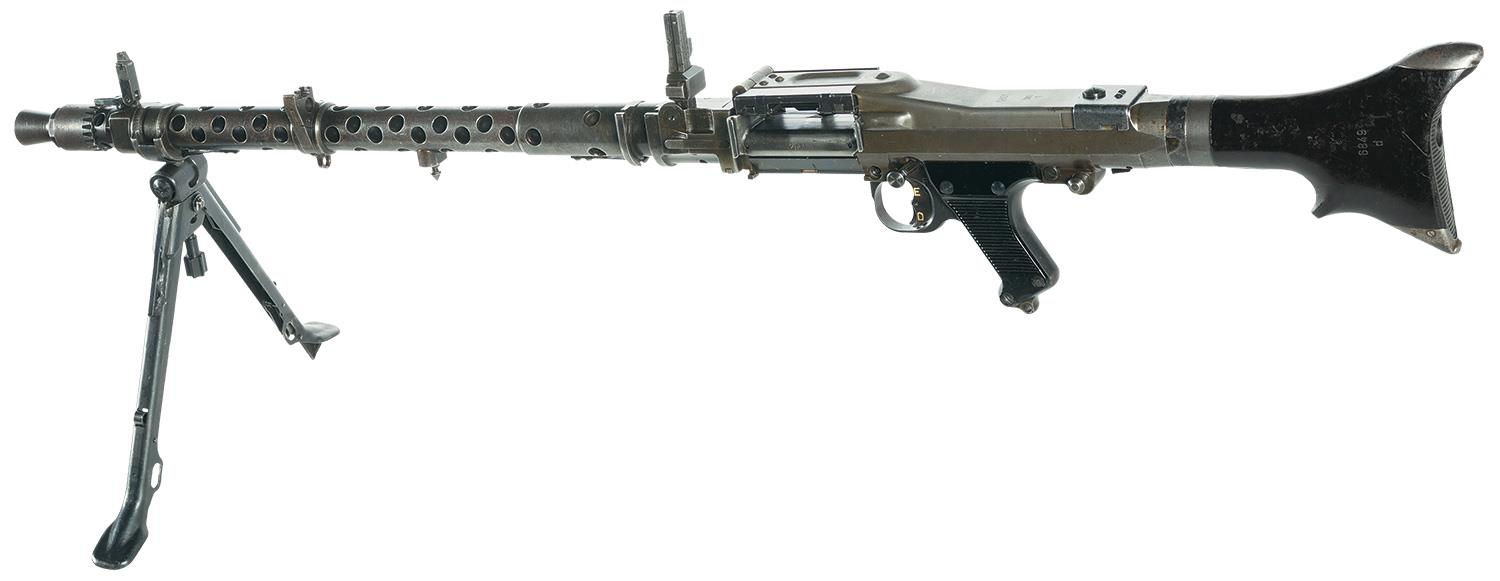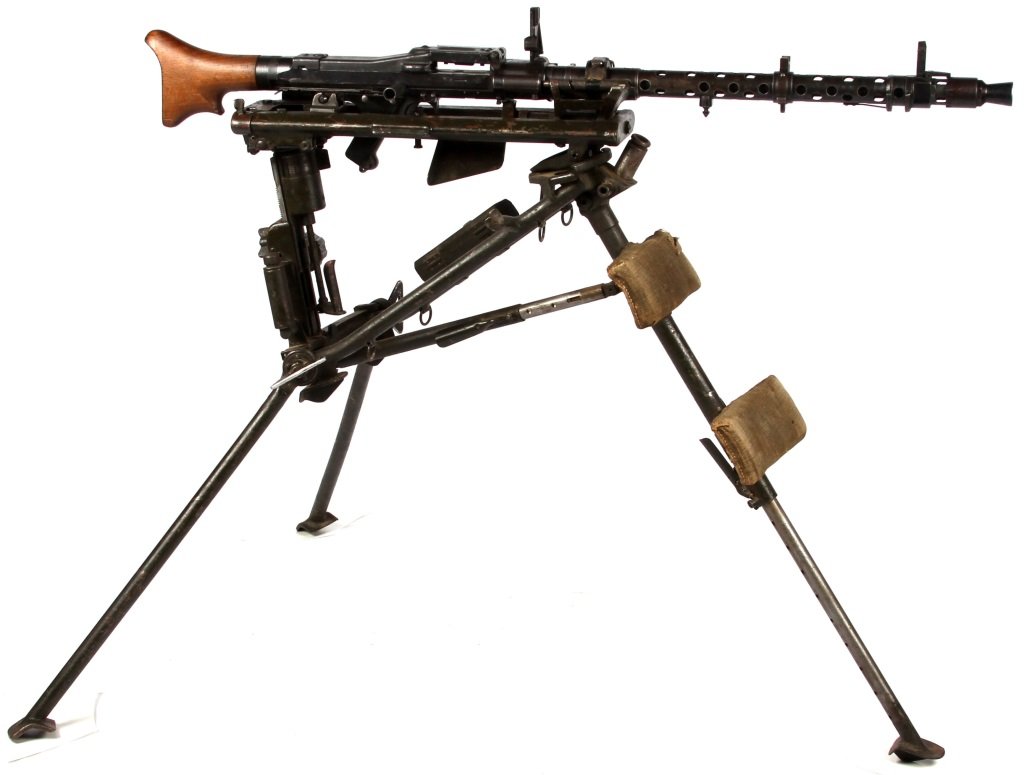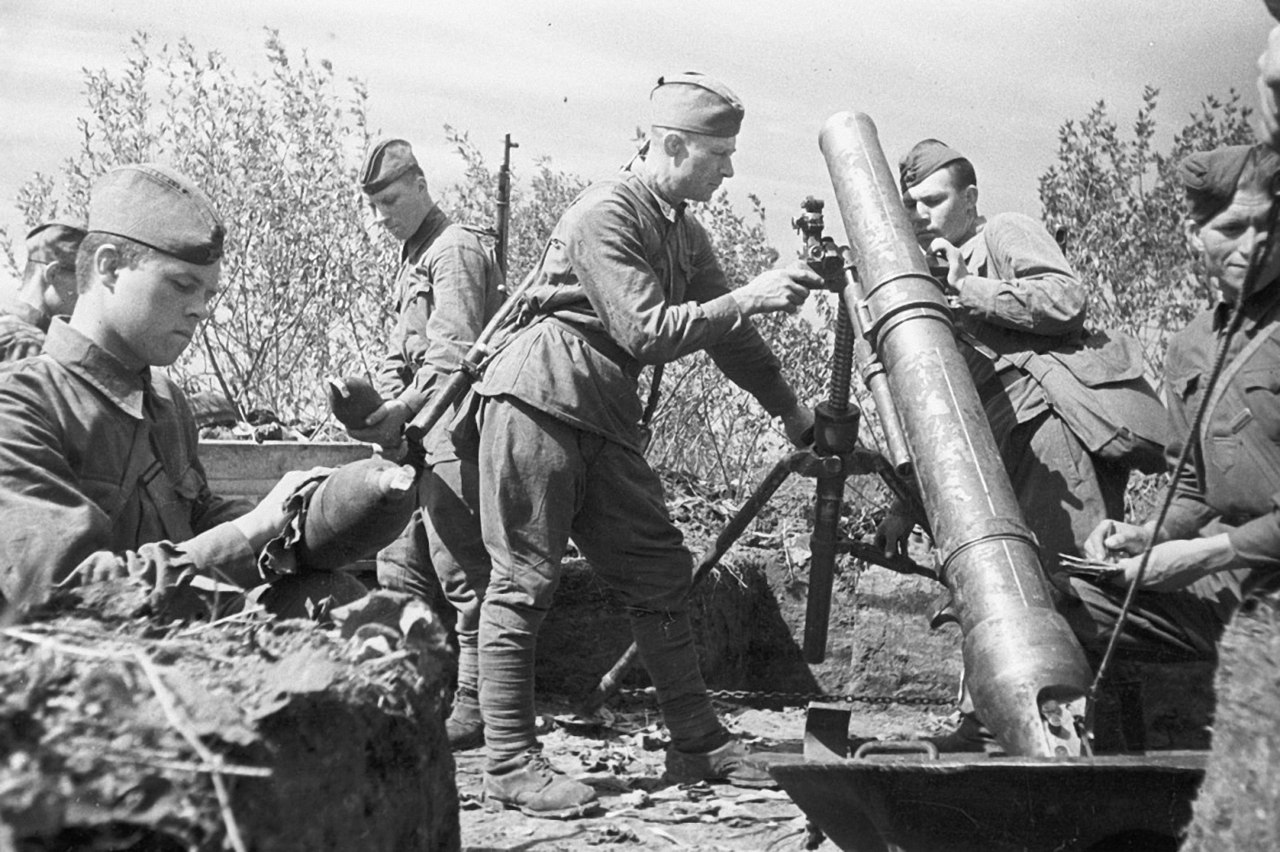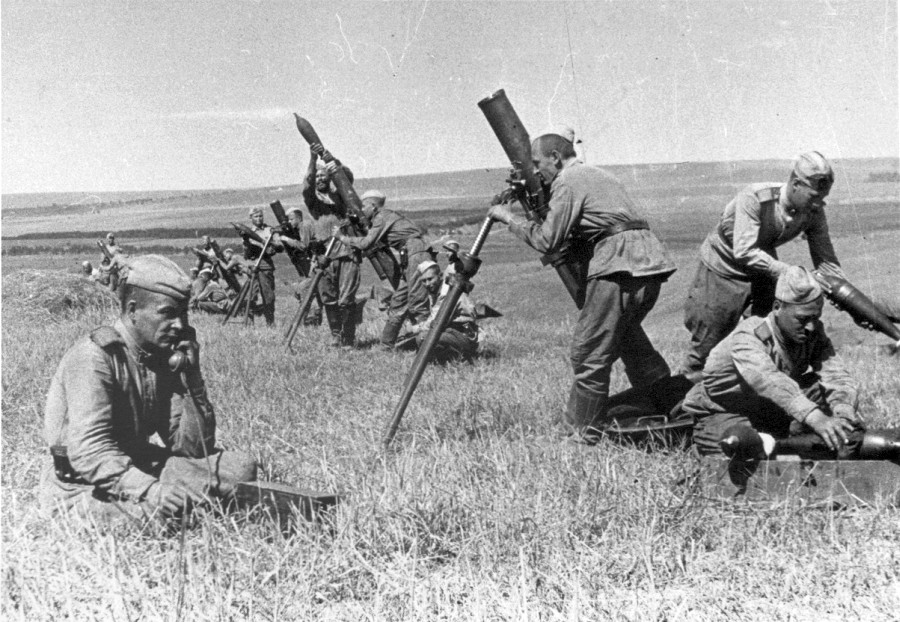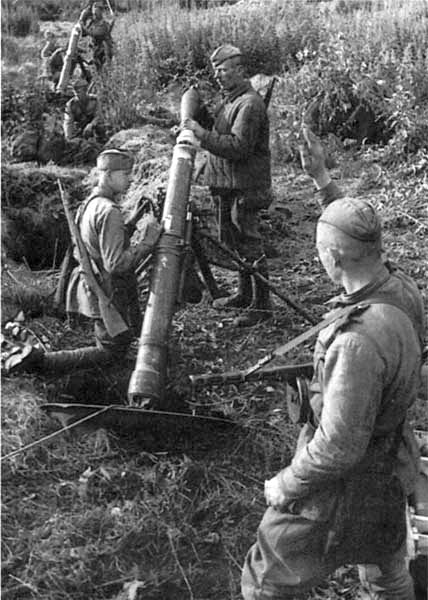"German Panzerkampfwagen III"
The development of the panzer III started in the early thirties. This type became the main German medium tank design during the victorious Blitzkrieg years and was destined to equip the bulk of the German armored forces. The panzer III’s main visionary was Heinz Guderian, who proposed the ideal tank design for fighting other tanks and for achieving a breakthrough. Even tough the panzer III was intended to be the main tank, the panzer IV later supplanted it in that role, because the former couldn’t mount a gun larger than a low velocity 75mm cannon.
Four companies in Germany (Daimler-Benz, Krupp, MAN, and Rheinmetall) were selected to produce a prototype of the specified tank, which was ready in 1936. The Daimler-Benz model was chosen and the production of the first units took place in 1937.
The prototype had a 3-seat turret and an intercom system. Both proved very innovative features. A Radio was also part of the equipment from the start, this helped to dramatically improve the communication with other tanks. This characteristic alone was perfectly suited for Blitzkrieg combined-arms tactics and it allowed tactical superiority.
At the outset of the invasion of Russia in June of 1941, the panzer III’s was the most numerous tank present in the German Panzer divisions (972 machines out of 3398 total tanks). The rest of the German tank park consisted in the panzer IV and the less formidable panzers I, II, 35(t) and 38(t).
707 of these panzer III’s were equipped with the low velocity (short barrel) KwK38 L/42 50mm gun and 265 with the KwK36 L/45 37mm gun. Both guns proved powerful enough to destroy the Soviet BT-7 and T-26 tanks which were the bulk of the Soviet armored force, however when the Germans encountered the KV-1 and T-34 they realized that they were ineffective against their armor. This lead to upgrading to the high velocity (long barrel) KwK38 L/60 50mm gun. By September of 1941, two new panzer divisions sent to battle were equipped with this new gun.
| Dimensions (size). | 5.41m x 2.95m x 2.44 m (213 in x 116 in x 96 in) |
| Armament |
1 × 37 mm KwK36/L45 Ausf. A - G variants 1 × 50 mm KwK38/L42 Ausf. E - J variants 1 × 50 mm KwK39/L60 Ausf. H - M variants 2 x 7.92mm MG34 |
| Total weight | 21.8 tons (Ausf H) |
| Crew | 5 men |
| Engine | Maybach V12 gasoline HL 120 TRM 265 hp |
| Speed (on /off road) | 40/20 km/h (25/12 mph) |
| Max Range | 165 km road (100 miles) / 105 km cross-country (65 miles) |
| Armor thickness |
30mm turret and hull all-around except: Gun mantlet 37mm / Front upper & lower hull 30+30mm |
| Total production | 5774 units. |
| Ammunition: | 100m | 500m | 1000m | 1500m | 2000m |
| Panzergranate 39 | 54mm | 46mm | 36mm | 28mm | 22mm |
| Panzergranate 40 | 96mm | 58mm | 0mm | 0mm | 0mm |
"MG 34"
A German MG34 machine gun nest with a team of 3 members (gunner, ammo-carrier and spotter) scanning the battlefield. The term “machine-gun nest” identifies a defensive position dug on the ground to maintain the lowest possible profile, minimizing detection by the enemy. Procedure called for higher ground on the back of the soldiers to minimize silhouetting. The team has set up the MG34 on a tripod to maintain the machine gun stable on the ground and to increase practical range. The rate of fire was so prodigious (900 rpm) that the gunner would lose aim if fired from the arm only. Belt-fed ammo (250 rounds) allowed long cadence of fire. However, this meant faster heat generation that could bend the barrel. So, after a long burst (250 rounds) the gunner changed the barrel, a task that took 15 seconds to complete. A bipod was available alternatively. In this case, the gunner would fire shorter burst of fire using 50-round magazines. The machine gun sits some 15-20 cm (6-8 in.) from the ground to prevent the enemy from avoiding fire by hugging the terrain. The MG42 started to replace the MG34 in 1942 (after Barbarossa).
| Name | MG 34 |
| In Service | 1934-1945 |
| Total produced | 577,120 |
| Manufacturers |
Rheinmetall-Borsig AG Soemmerda Mauserwerke AG Steyr-Daimler-Puch AG Waffenwerke Brünn |
| Caliber (ammo) | 7.92mm (x 57mm Mauser) |
| Length (overall) | 48 in (122 cm) |
| Weight with bipod | 26 ½ pounds (12 kg) |
| Weight with tripod | 42 pounds (19 kg) |
| Feed | 250 round belts or 50 round drum-magazines |
| Rate of fire (cyclic) | 900 rpm |
| Rate of fire as LMG (bipod) [practical] | 100-120 rpm |
| Rate of fire as HvMG (tripod) [practical] | 300 rpm |
| Change of barrel | Every 250 rpm |
| Effective Range as LMG | 600-800 meters |
| Effective Range as HvMG | 2000 – 2500 meters |
| Muzzle velocity | 765 m/s |
| Sights | Iron sights, AA sights (ring), Telescopic sights |
"120mm SOVIET INFANTRY FIELD MORTAR"
A mortar is an artillery weapon that has many advantages: it is easy to use effectively, it is economical to manufacture, it is light and compact (and thence highly transportable) and furthermore, it increases significantly a unit firepower and range. These benefits allow abundant supply to military formations. In 1941, German infantry battalions were equipped with 50mm and 81mm mortars as were their Soviet counterparts (50mm and 82mm mortars in the case of the Soviets), but the Russians also supplied the excellent 120mm mortar at regimental level. This mortar entered in service in 1939 and saw extensive use during all the war. The 120mm mortar weighed 280 kg (617 lb) when fully prepared to fire so, in contrast with the 50 and 82mm mortars, that foot soldiers back-packed, it needed a towing vehicle. This heavy mortar hurled 16kg (35lb) shells up to 5.900m (6.500 yards) of range at 890 feet per second. The crew controlled elevation between 45 to 80 degrees using a simple adjusting mechanism. In action, the firepower of the 120mm mortar was quite impressive. So much so, that the Germans enthralled by its firepower and versatility, copied the design. On the eve of Barbarossa, the German and Soviet infantry divisions fielded 135 50mm and 81mm (82 mm in the case of the Soviets) mortars per division, making them the most common artillery piece in use, but the Soviet rifle division also included 12 of these formidable weapons giving the Russian rifle regiments a firepower edge over their German counterparts.
| FIRING ACTION: | MANUALLY OPERATED |
| AMMUNITION COUN: | SINGLE SHOT FIRED |
| OVERALL LENGTH | 1862mm |
| WEIGHT(EMPTY): | 280 kg (617 lb.) |
| SIGHTING ASSIST | ADJUSTABLE ELEVATION MECHANISM |
| MUZZLE VELOCITY: | 270 m/s (890 ft/sec) |
| TYPICAL FIRING RANGE: | 5.900 m (6.500 yards) |
